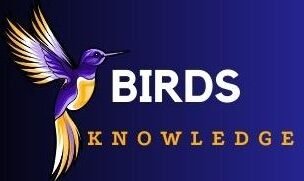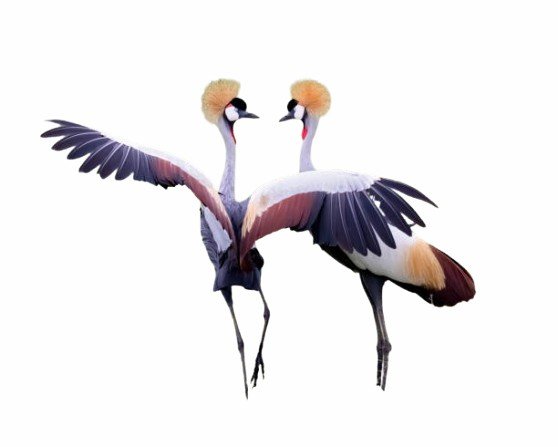Most male cormorants and almost all seabirds offer food to their female mates as a courtship display. They want to prove that they can collect food for their chicks.
Most birds nest in their own safe areas where there is enough food for them. Male birds attract mates to their territory by singing and keeping rival birds away from their female partners.
Great-billed grebes are particularly famous for their spectacular amorous duet dance. They join together in a series of dances in the water and exchange grass or flowers with each other.
A male heron displays affection by stretching its neck upwards and laying down its affectionate surface. During this time, they make various sounds together and produce sweet sounds lip to lip.
Penguins court each other to show their affection. Male penguins exultantly stretch out their throats, raise their head feathers, and flap their wings.
Male ostriches wave their black and white wings one by one to attract their suitors.
Birds of prey perform aerobatic dances in the air as part of courtship displays. They claw at each other mid-air.
Affectionate Mute Geese stand face down, swaying their heads side to side in the water and puffing their throats and lips in the air.
Blue-footed seabirds raise their bright blue legs and spread their toes to dance and attract admirers.
The male weaver bird works hard for at least two days to build a nest. Then he invites the female bird to visit the nest by performing various dances accompanied by sweet chirping.
It is very difficult to convince a female bird to enter the nest. When a female bird agrees to inspect the nest, she does it very carefully and sometimes gives advice for modifications. This forces the male bird to submit to her suggestions. While making modifications, the male bird dances and chirps again to keep the female from getting bored while waiting.
After all that, in the end, the female weaver bird can simply reject the nest after the modifications and leave without returning!

